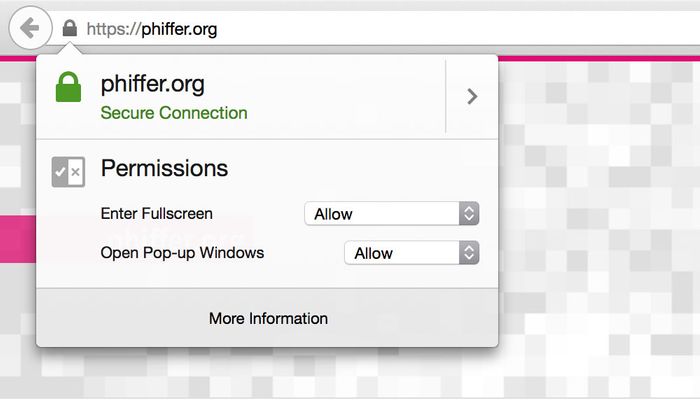Nadim Kobeissi, maker of Crypto.cat and Minilock:
The premise driving the people writing encryption software is not exactly that we’re giving people new rights or taking some away: it’s the hope that we can enforce existing rights using algorithms that guarantee your ability to free speech, to a reasonable expectation of privacy in your daily life. When you make a credit card payment or log into Facebook, you’re using the same fundamental encryption that, in another continent, an activist could be using to organize a protest against a failed regime.
In a way, we’re implementing a fundamental technological advancement not dissimilar from the invention of cars or airplanes. Ford and Toyota build automobiles so that the entire world can have access to faster transportation and a better quality of life. If a terrorist is suspected of using a Toyota as a car bomb, it’s not reasonable to expect Toyota to start screening who it sells cars to, or to stop selling cars altogether.
